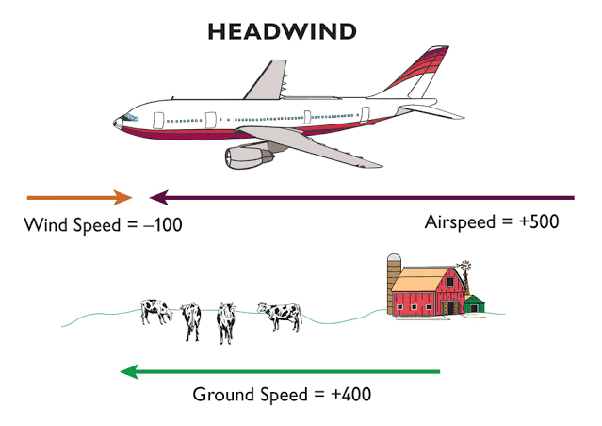
Headwind
Air that is moving in the opposite direction that the aircraft is traveling is known as a headwind. Continue reading Headwind

Air that is moving in the opposite direction that the aircraft is traveling is known as a headwind. Continue reading Headwind
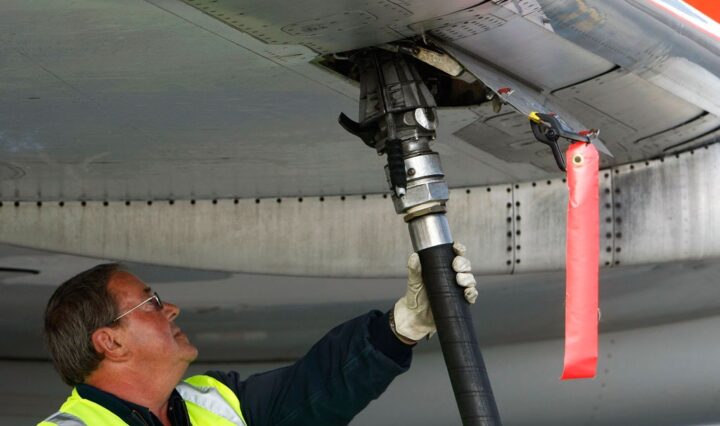
Many charter flights are nonstop, but when refueling is required to reach the destination, a typical fuel stop will take anywhere from 30-60 minutes depending on the size of the aircraft. Continue reading Fuel Stops

On larger aircraft, one or more flight attendants make up the cabin crew and work to ensure the safety and comfort of all passengers during flight. Continue reading Cabin Attendant
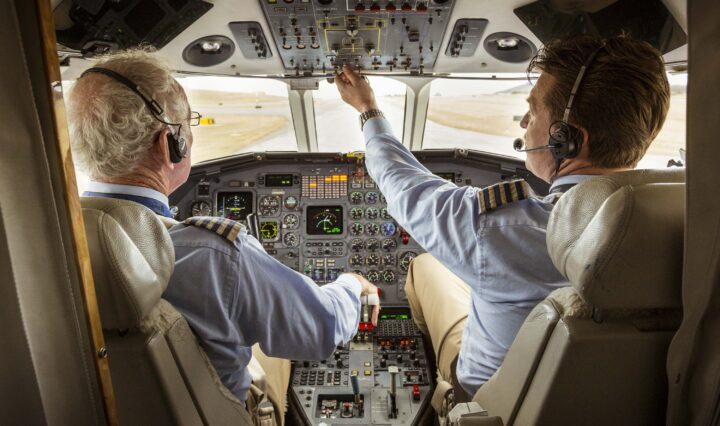
When a flight has a second pilot, that pilot is known as the SIC, or second in command. Continue reading SIC
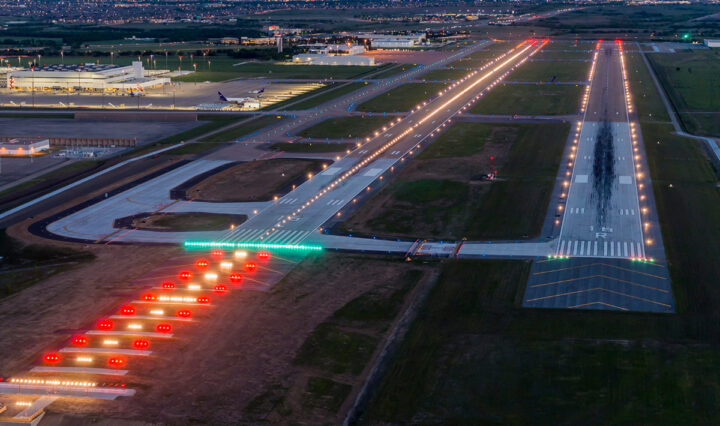
The minimum length a runway must be for a given size of aircraft to land on safely is known as the runway minimum. Continue reading Runway Minimums
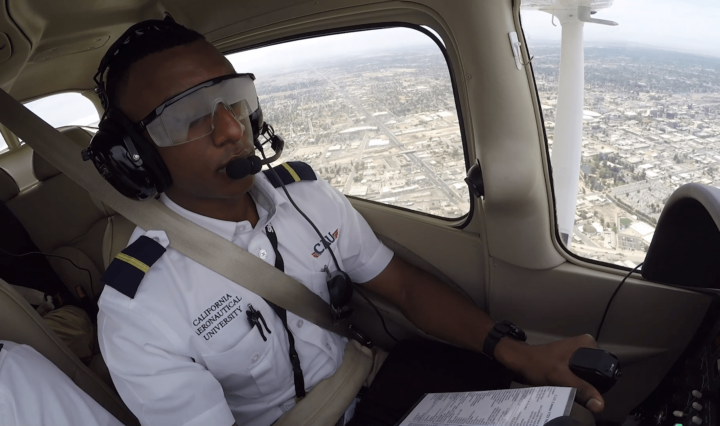
The PIC is the pilot in command and is the pilot who is responsible for operating the aircraft during flight and maintaining the safety of everyone aboard the aircraft. Continue reading PIC
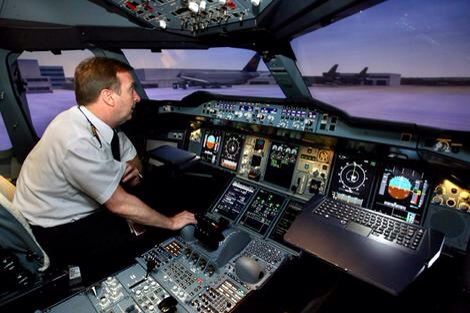
Time in type is the amount of hours a pilot has been at the controls of a certain type of aircraft Continue reading Time in Type

A type rating is the standard required by the FAA for pilots to operate particular types of aircraft. Wyvern: Wyvern is a consulting firm that offers aircraft safety auditing to operators in the U.S. Continue reading Type Ratings

The flight crew is the staff aboard an aircraft which operates the aircraft during flight. Depending on the size of the aircraft, the flight crew will range in size from just a single pilot to two pilots and a cabin … Continue reading Flight Crew
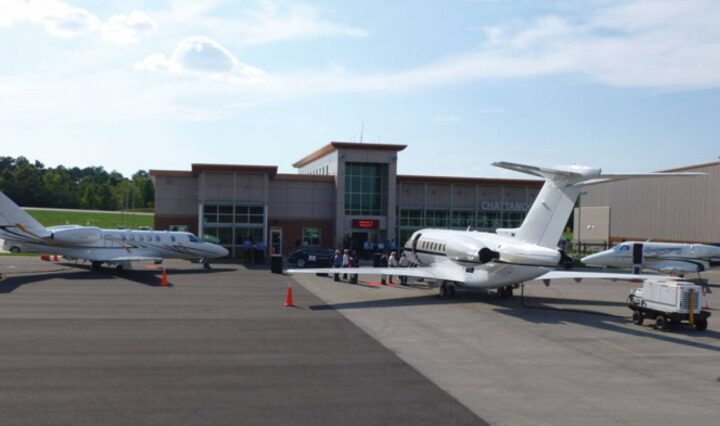
An FBO is a fixed-base operator. FBOs are airport service centers that offer several services to fliers and operators including aircraft maintenance, lounge facilities, cabin supplies, and hangars for aircraft before and after flight. FBOs are colloquially known as the … Continue reading FBO/Executive Terminal